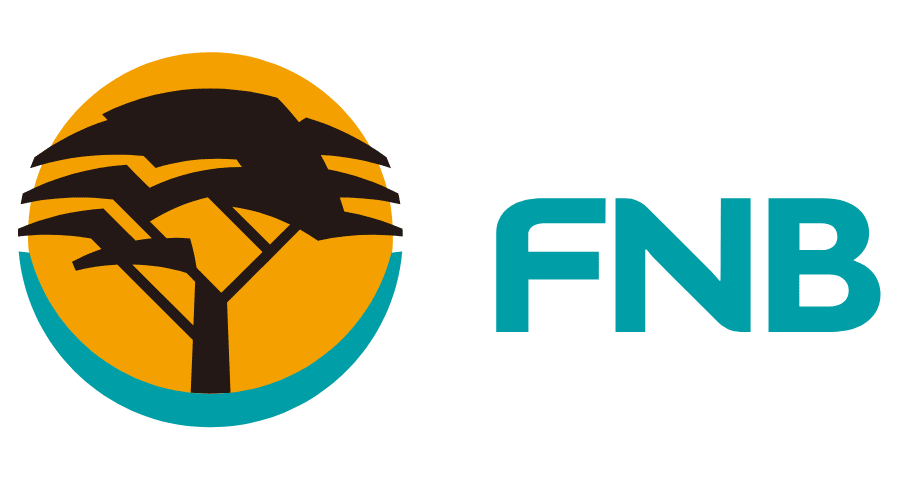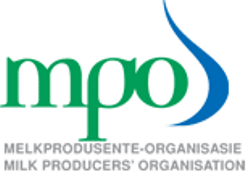
01 March 2022 – South African consumers are being pummelled by an all-time high fuel price and escalating food inflation. The March fuel price increase will have a severe impact on spending patterns, even on food, as consumers spend less and move to cheaper alternatives.
Developments in Central Europe will also have a major impact on the international price of wheat and maize as both Russia and the Ukraine are big exporters of these commodities. This will put pressure on local prices, says Dawie Maree, Head of Information and Marketing at FNB Agriculture.
“We anticipate an upward trend in the consumer price index (CPI) and food inflation in the short term. Food inflation reached 6.2% in the second half of January. The fuel price remains the main driver of higher costs going forward.”
Currently around 80% of our grains are being transported by road rather than rail. The distance between production, processing and distribution is massive. Raw maize is transported to millers in Gauteng and the processed mealie meal is transported back to the rural areas. There is a disconnect between production, processing, and consumption in this case, which add costs to the consumer.
Constraining factors
It is difficult to comprehend that food inflation remains high, despite the country being self-sufficient. Maree says there is currently a good crop on land. We could expect a moderation in staple food prices when harvest pressure starts from the end of April into May, June and July.
Other inflationary drivers are the volatile exchange rate and higher international prices for grains, vegetable oils particularly palm oil which the country is a net importer. The unavailability of containers for imports also remains a constraining factor.
South Africa’s ailing road, rail and port infrastructure as well as bottlenecks negatively impact production and distribution costs. The availability of vegetables was also negatively impacted by excessive summer rainfalls. Maree expects the upward price trends to continue in the short term.
“We may even breach the South African Reserve Bank’s inflation target (3% – 6%) for a short period, but it will then stabilise due to the base effect.”
Meat price moderation
FNB Agricultural Economist, Paul Makube says the country has had two years of relatively good rainfall resulting in sufficient grass cover. It is expensive to feed livestock, so it pays for farmers to hold them longer on the grass. Farmers have been rebuilding their herds and are taking advantage of the price growth in the big item meat products. However, farmers cannot keep their livestock in the veld forever.
“Livestock farmers are in the business of growing meat and once it is grown it has to be harvested (slaughtered). This will have a moderating impact on prices. We are coming from a high base, and it is unlikely that we will see prices escalating beyond current levels,” says Makube.
The price for beef T-bone reached R119 p/kg in January, beef fillet rose to more than R210 p/kg and mutton and lamb loin chops reached R185 p/kg. of Beef offal was priced at around R60 p/kg, an almost 40% year‑on‑year price increase (y/y) as consumers started opting for cheaper protein products.
Pork prices have come under pressure with a year-on-year decrease of almost 13% for pork fillet and 2.5% for pork chops. Chicken is currently the cheapest of all the meat types and consumers have been benefitting from that.
However, there has been price growth in the chicken market mainly because of the tariff increase that negates the importation of cheaper chicken.
Fruit and vegetables
Vegetable prices remained high mainly because of the excessive rainfall and flooding in certain parts of the country. This prevented farmers from getting into farmland to harvest quickly. It resulted in huge price spikes and increased volatility, says Makube.
The CPI for vegetables averaged 4% for 2021 but surprised on the upside in January this year at 8.6% year-on-year. The price of pumpkin increased by more than 30% year-on-year in January, 24% in the case of tomatoes and an almost 18% year-on-year increase in the price for cabbages. Price increases for onions, potatoes, lettuce and cucumber ranged between 5.2% and 9.5% at the start of the year. Makube expects this trend of volatile prices to continue.
Good news for consumers is the downswing in fruit prices where most of the big-ticket items remained in negative territory for at least nine months. The price of pineapples dropped almost 27% year-on-year in January, followed by a 26% decrease for apples, 21% for oranges, avocados by 15%, and paw paws by almost 7%.
Outlook
It is inevitable that the fuel price shock as well as higher living costs will depress consumer demand in the months to come. The slowdown in demand will force producers and retailers alike to reduce prices to attract customers. Consequently, food inflation may be lowered, albeit in the longer term.
ENDS
|
|||||||
Published on Thursday, 10th March 2022 - 05:58
Recent Posts
disclaimer









